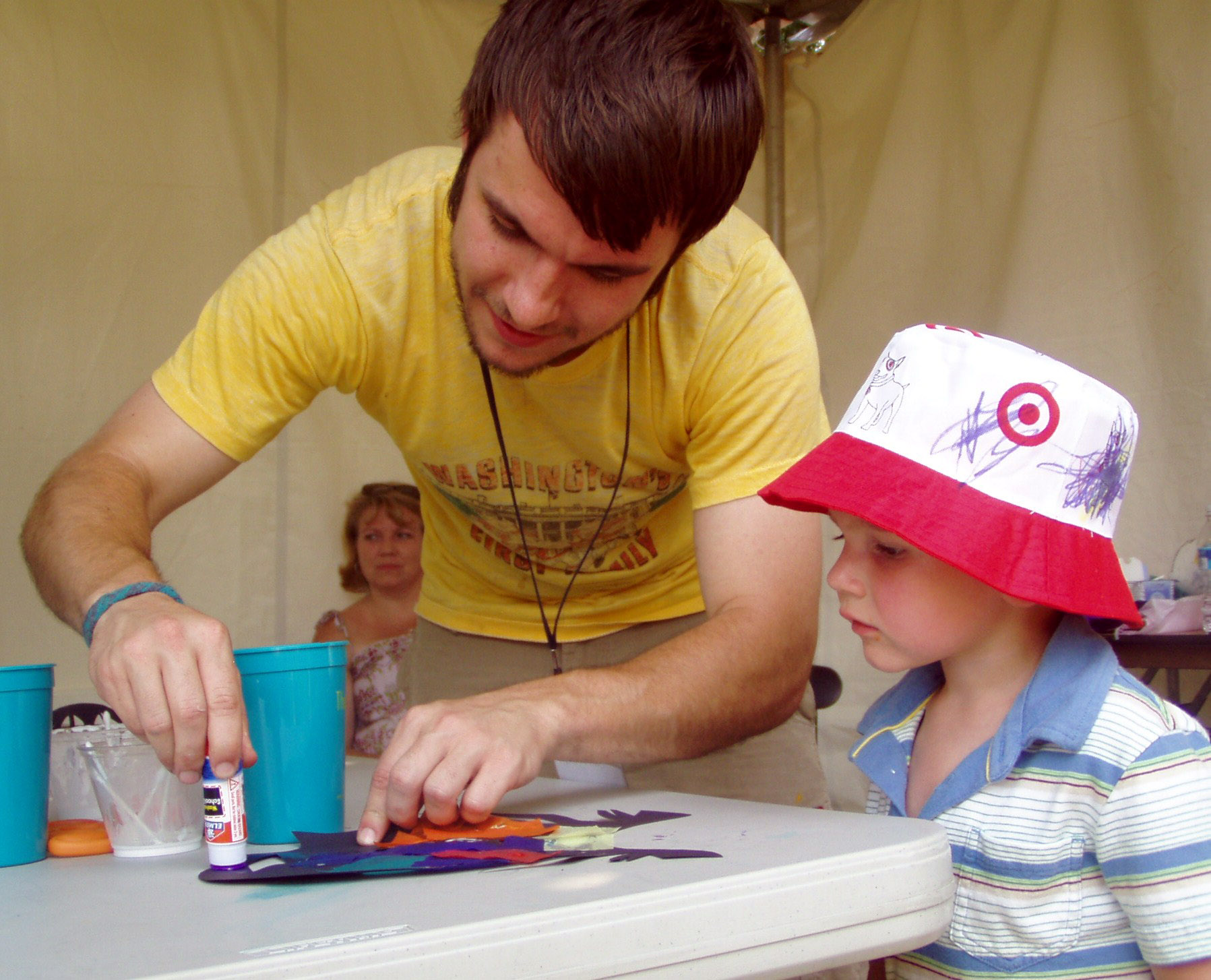
BALTIMORE (BP)–During a summer in which Batman is back at the box office saving Gotham City, citizens of Baltimore — number three on the list of most violent large cities in the United States — may be looking for a real-life rescue.
According to U.S. census and FBI reports, a murder occurs in this city every 29 hours. Some 3,000 homeless people live on the streets. Even though 2008 has shown some improvements for the nation’s 18th-largest city, it is still obvious that Baltimore is in dire need of help — physically, emotionally and financially — but most of all spiritually.
In recent years, church starters have risen to meet the challenge. Twenty-five churches have been started in the greater Baltimore area in the past 12 years, and 16 remain to this day. Even though they could not have come at a better time, these new churches have faced many trials and more than their share of opposition.
“Reaching the neighborhoods in Baltimore with the Gospel of Jesus Christ will not be easy,” said David Lee, executive director of the Baptist Convention of Maryland/Delaware. “There will be spiritual warfare on every block.”
But the church planters aren’t facing the challenge alone, in view of Baltimore’s selection as a Strategic Focus City by the North American Mission Board. In addition to working with existing churches, Embrace Baltimore partners with the Maryland/Delaware convention and the Baltimore Baptist Association to start new churches -– buoyed by the help of volunteers from across the country for a variety of outreach and ministry projects through 2009.
The initiative comes at a time when new churches in Baltimore have never been more important. New churches, Lee noted, tend to exceed existing churches in evangelizing those who have no connection to Jesus or the church.
One reason is the attention that they pay to individuals, said David Jackson, missionary for church multiplication with the Maryland/Delaware convention. New churches concentrate their efforts on reaching the specific needs of people who may have already written off the traditional church.
“New churches are very people-driven,” Jackson said. “The bottom line is that relationships are the integral things that draw people into new and smaller churches.”
New churches also have a different attitude that attracts unchurched people. When someone tells them that God loves them, it’s a radical thing for them to hear, Jackson noted. Whereas, traditional churches, even without intentionally being unaccommodating, sometimes give the impression they don’t want certain types of people in the church — and those people can feel it.
“We often tend to view church planting as a ‘job’ or a ‘task’,” Jackson said. “We have to remember that the job is people. The task is people.”
There are 2.78 million people in the Baltimore area. Most claim no religious affiliation and are biblically illiterate. While total church membership in the Baltimore Baptist Association is 16,099, only 5,450 of those people attend worship on a weekly basis. It is clear that, while there are existing churches in Baltimore, there is a great need to evangelize the city more effectively.
“Many churches are dead and either don’t know it or don’t want to admit it,” said Fred Dyer, senior pastor at White Marsh Baptist Church and moderator of the Baltimore Baptist Association. “That’s why church plants are needed. New plants seem to reach people more effectively. I think that’s because they’re more intentional and more targeted.”
Some of the more targeted church starts in the last few years include a Nepalese church, two Hispanic churches, a church that meets in a movie theater, a church whose weekly meetings are designed to be “coffeehouse style” (including karaoke) and a church to launch in September that describes itself as “bohemian” and “eclectic” in an effort to specifically reach the younger generation.
New churches that target specific groups of people are more effective than what Dyer calls a “shotgun approach.
“We can’t plant churches just to plant churches,” he said. “We need to be very intentional in strengthening existing churches and planting new ones in order to reach people and meet the needs in our area.”
Troy Bush, director of church starting for Embrace Baltimore, noted that disciple-making is central to the effectiveness of new churches.
“It is not sufficient to start churches in Baltimore,” Bush said. “Our commission from Jesus is to make disciples. Church starters must passionately, intentionally and consistently make new disciples.”
In recent years, the number of people professing Christ and being baptized in Southern Baptist churches in Baltimore and the surrounding Baltimore County is only slightly higher than the number of people murdered in the city.
“There are 268 city neighborhoods in Baltimore,” Jackson said. “All components of those neighborhoods will need different people to reach them effectively.”
Bob Mackey, executive director of Embrace Baltimore and director of missions for the Baltimore Baptist Association, agreed that the number one thing new churches must do to reach a city unfamiliar with the Gospel is to know the demographics and culture they are trying to reach.
“Church planters need to understand and relate to the culture without compromising the Gospel,” Mackey said.
Baltimore is a difficult place to minister, he said, noting that church starters face many challenges, such as time, economics and spiritual warfare. But, citing Jesus’ parable concerning different types of soil, he said Baltimore is hard soil in which to plant seeds, yet it is soil nonetheless.
Even in the biblical account, however, “Only a quarter of the seeds flourished,” Mackey said.
“But it’s more about individual lives — and having a godly, qualified, spiritually mature church planter is crucial.”
They may not have a cape or flashy car, but in a struggling city like Baltimore, it’s difficult to argue with Mackey’s statement that “church planters are some of our heroes.”
–30–
Shelley Mager is summer communications associate for Embrace Baltimore. For more information about how you and your church can be a part of Embrace Baltimore, visit www.embracebaltimore.com or www.namb.net/sfc.

















